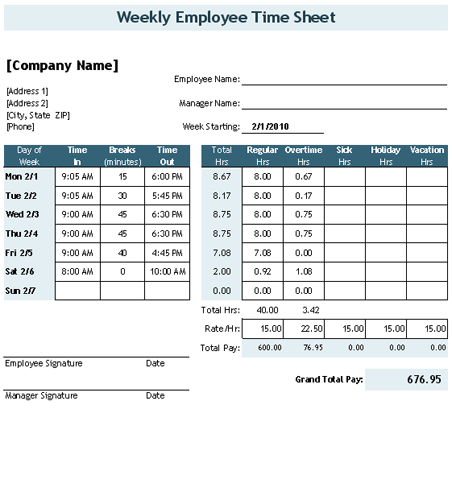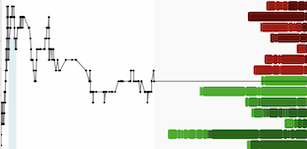

Troester appealed the decision to the Ninth Circuit Court of Appeals. Applying the de minimis doctrine, the federal district court granted summary judgment in Starbucks’ favor.

On average, he worked four to ten minutes of off-the-clock work, and this totaled 12 hours and 50 minutes during his 17-month period of his employment. Troester also presented evidence that occasionally he waited with employees for their rides to arrive and brought in store patio furniture mistakenly left outside. Additionally, he claimed that per Starbucks’ policy, he was required to walk his co-workers to their cars after activating the alarm, exiting the store, and locking the front door. Troester presented evidence that he was required to clock out on every closing shift prior to initiating the “close store procedure” on a back office computer. Starbucks did not pay him wages for performing store closing tasks after he was required to clock out. In the case before the California Supreme Court, the facts showed that Douglas Troester worked for Starbucks as an hourly shift supervisor. As outlined in our previous newsletter, “ Pre-Shift Does Not Mean “Before-Shift”: Are Your Pre-Shift Meetings Violating the FLSA?even under federal law the doctrine is not unlimited and companies risk exposing themselves to liability by holding pre-shift or post-shift meetings and relying on the de minimis defense to justify the impracticality of properly counting hours worked. Federal courts hold that employers may disregard time as de minimis depending on three factors: (1) the practical difficulty the employer would encounter in recording the additional time, (2) the total amount of compensable time and (3) the regularity of the additional work. The de minimis doctrine is an established defense under the federal Fair Labor Standards Act (FLSA) for the administrative difficulty in recording small amounts of time for payroll purposes that an employee spends performing tasks off-the-clock. The De Minimis Doctrine Results in a Federal Court’s Ruling in Favor of Starbucks Further, although the decision does not foreclose employers from raising defenses to wage claims based on circumstances where recording time would be difficult, today’s ruling does place employers at risk for greater exposure to claims and penalties for time spent on tasks that are not compensable under the federal de minimis rule. The Court’s ruling sets the applicability of the de minimis defense at odds with its application under the Fair Labor Standards Act (FLSA), where the defense is recognized more broadly. Prior to the Court’s ruling, the 9 th Circuit Court of Appeals had requested that the California Supreme Court answer an unsettled question under California law regarding the de minimis doctrine and its availability as a defense for wage claims under the California Labor Code. De minimis means something is too minor or trivial to take into account, and the Court clarified what is trivial and what is not. Starbucks Corporation, and departed from federal law’s more employer-friendly version of the de minimis rule, which it characterized as stuck in the “industrial world.” In holding that Starbucks Corporation must compensate hourly employees for off-the-clock work that occurs on a daily basis and generally takes four to ten minutes after the employee clocks out at the end of their shift, the California Justices announced they were ensuring California law was in line with the modern technologies that have altered our daily lives. Today, the California Supreme Court issued its ruling in Troester v.


 0 kommentar(er)
0 kommentar(er)
